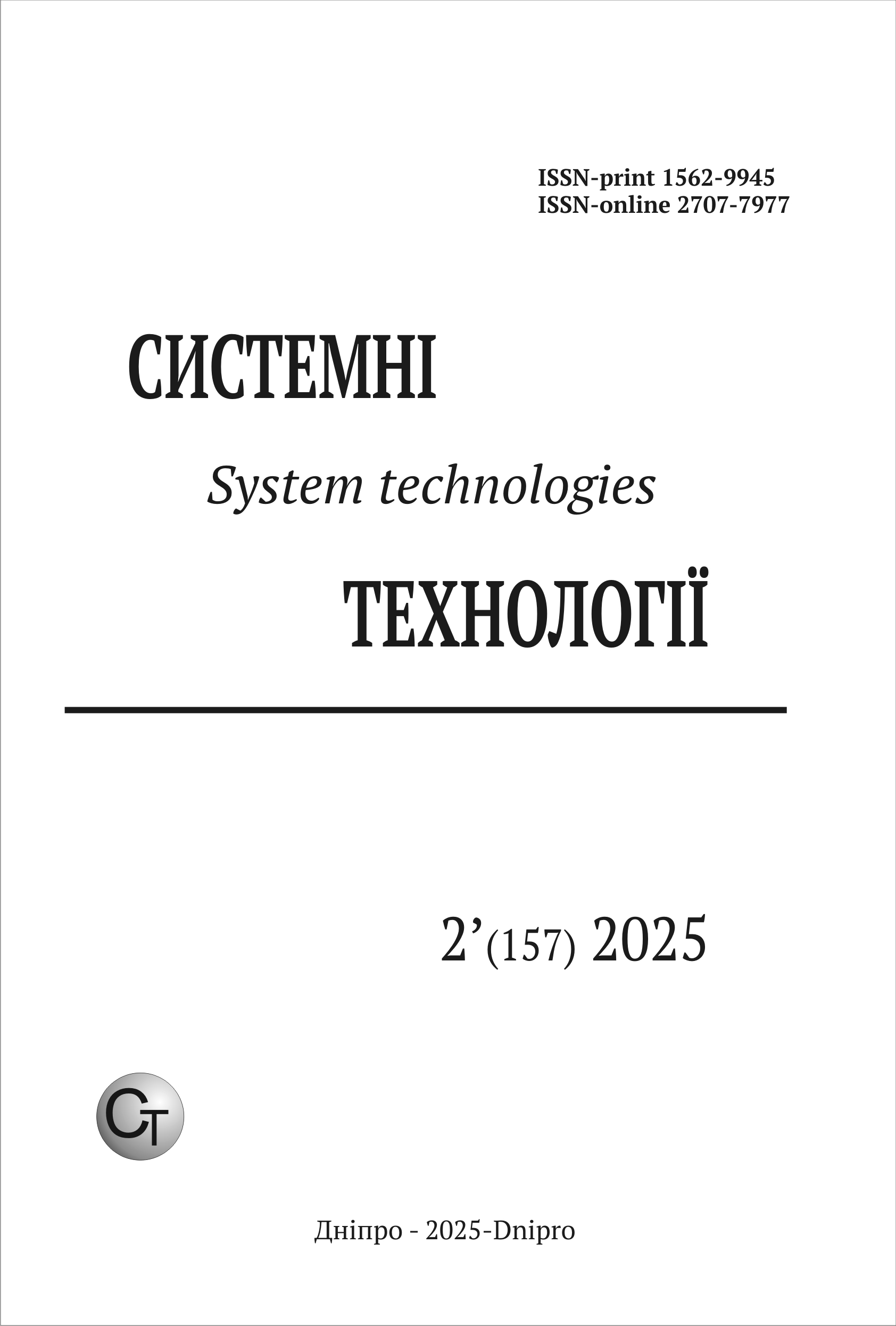Software as a catalyst for the esports industry development
DOI:
https://doi.org/10.34185/1562-9945-2-157-2025-03Keywords:
eSports, gaming, industry, software, tournament, GPU, virtual reality.Abstract
Problem statemen. In the context of globalization and the digitalization of society, esports competitions have evolved into not only platforms for players and teams but also powerful economic drivers encompassing streaming, sponsorship, and game development. Software plays a pivotal role in shaping the esports industry by serving as the technical foundation for its functioning. The aim of the work is to determine the role of software as a catalyst for the esports industry development. Methodology. A comprehensive approach was used to assess the role of software in the establishment and growth of esports, including a classification method for identifying functional types of software, a systematic approach to viewing them as an interconnected system, a comparative analysis of software tool providers and popular esports platforms, and content analysis of modern technologies in the context of their functional purposes. The results and discussion. The technological features of modern graphics processing units (GPUs) used in the esports industry are highlighted, namely: the number of CUDA/Shader cores, instruction types, support for new technologies, memory bandwidth and ray tracing technologies, which together guarantee the processing and output of high-quality graphics. The article offers a classification of functional types of software that constitute a single system of interconnections. Among the specialised software, the research allocates platforms for tournament management (Toornament, Battlefy, Challonge, FACEIT), software for streaming and broadcasting (OBS Studio, Streamlabs, XSplit, Restream), software for managing teams and players (Discord, GameCoach), anti-fraud tools (Easy Anti-Cheat, BattleEye), virtual and augmented reality software (VirZOOM, Oculus tools for VR esports), as well as modern blockchain and NFT technologies. Conclusions. The study identifies the main differences in the software used in the esports industry. Prospects for implementing advanced developments are analyzed based on the activities of software providers (Betfoc, INORU, Betinvest, BR Softech, Vinfotech) and esports platforms (Battlefy, Toornament, Challonge, ESL Play, and Mobalytics). Accordingly, esports software continues to evolve alongside technological advancements and growing demands for game quality and interactivity, creating new opportunities for participants and viewers. Modern tools and programs must adapt to technological innovations and be integrated into the esports industry to meet these challenges.
References
About Betfoc. Betfoc. URL: https://www.betfoc.com/about-betfoc/ (date of access: 2 Janu-ary 2025).
About Us. Battlefy. URL: https://battlefy.com/about (date of access: 2 January 2025).
About. BattlEye. URL: https://www.battleye.com/about/ (date of access: 5 January 2025).
Anti-cheat made easy. Easy Anti-Cheat. URL: https://www.easy.ac/en-US (date of access: 5 January 2025).
Białecki A., Michalak B., Gajewski J. Esports Training, Periodization, and Software—A Scoping Review. Applied Sciences (Switzerland). 2024. Vol. 14. No. 22. DOI: 10.3390/app142210354.
Challonge is a Global Competition Platform. Challonge. URL: https://challonge.com/about (date of access: 3 January 2025).
Esports Market. URL: https://www.marketsandmarkets.com/Market-Reports/esports-market-123759465.html?utm_source=chatgpt.com (date of access: 2 January 2025).
ESPORTS. Betinvest. URL: https://www.betinvest.com/esports (date of access January 2025).
Getting started. Toornament. URL: https://developer.toornament.com/v2/overview/get-started (date of access: 3 January 2025).
Global gaming software revenue from 2022 to 2032. Statista. URL: https://www.statista.com/statistics/1450827/value-gaming-software-market-global/?utm_source=chatgpt.com (date of access: 2 January 2025).
Hedlund D. P. Electronic gaming. Encyclopedia of Sport Management, Second Edition. 2024. P. 298-300. DOI: 10.4337/9781035317189.ch175.
LAN center software to automate all business processes. SENET. URL: https://senet.cloud/en/?gad_source=1&gclid=Cj0KCQiAst67BhCEARIsAKKdWOkhRIDVxjCHZ43F1rj5tGSUMBB6-BmN3qKiGZ3UXSxQP2ix0fS9ok8aAsSBEALw_wcB&gclsrc=aw.ds (date of access: 3 Jan-uary 2025).
Lheureux А. GPU Memory bandwidth. DigitalOcean. 2024. URL: https://www.digitalocean.com/community/tutorials/gpu-memory-bandwidth (date of access: 6 January 2025).
Who are the best eSports software platform providers? URL: https://www.quora.com/Who-are-the-best-eSports-software-platform-providers (date of ac-cess: 21 December 2024).
Lazneva I. O., Tsaranenko D. I. Esports and its impact on changing the structure of the world market of computer games. Scientific Bulletin of Uzhhorod National University. 2018. № 22. С. 63-67. URL: http://www.visnyk-econom.uzhnu.uz.ua/archive/22_2_2018ua/17.pdf [in Ukrainian]
Chaika E.V. The state and dynamics of growth of the esports market. Economic Bulletin of the National Technical University of Ukraine ‘Kyiv Polytechnic Institute’. 2018. No. 15. URL: https://doi.org/10.20535/2307-5651.15.2018.143144 [in Ukrainian].
Downloads
Published
Issue
Section
License
Copyright (c) 2025 System technologies

This work is licensed under a Creative Commons Attribution 4.0 International License.















